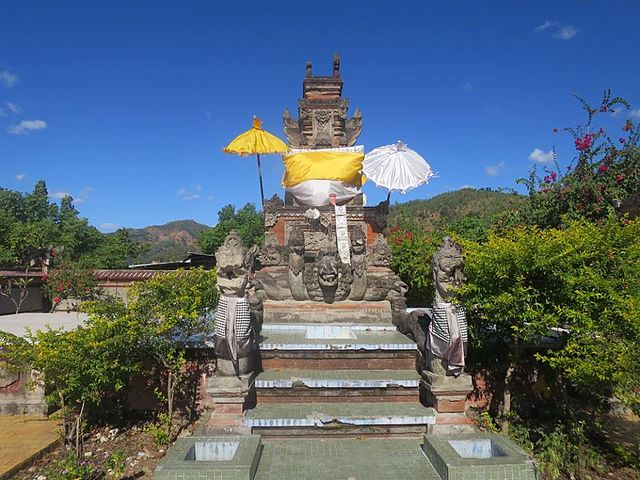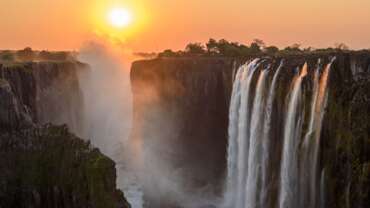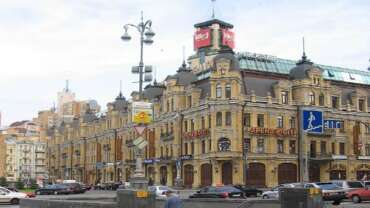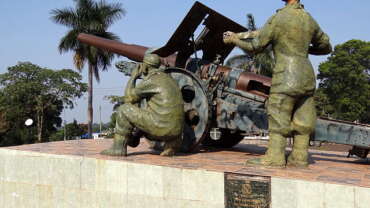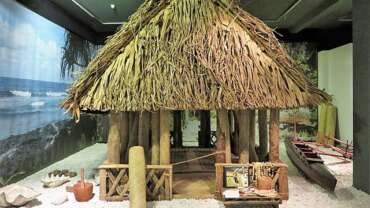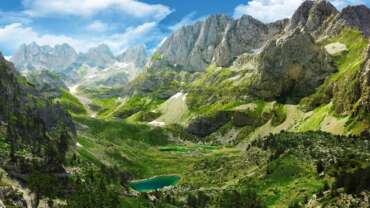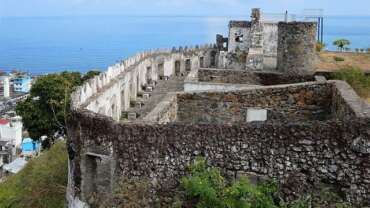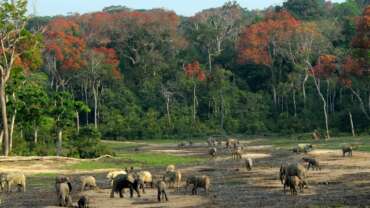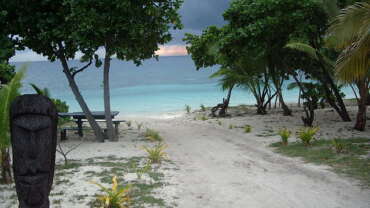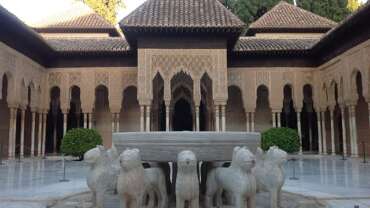Timor-Leste, Tourism for all!
Welcome to Timor-Leste, a beautiful and new travel destination offering incredible natural beauty, rich history, and unique cultural experience. Relax on our stunning beaches, be wowed by our tropical reefs and witness amazing marine live, and explore our rugged mountainous interior. Our people will welcome you with warm hospitality. You can arrive to the capital of Dili, Timor-Leste with either a flight from Bali, Singapore or Australia, or by land from the Indonesian side of the island, West Timor. From Darwin, it’s just over an hour by plane. If you are interested in exploring unique cultures, different and new places and have an adventurous spirit, Timor-Leste is for you – come and visit.
History of Timor-Leste
The Portuguese first settled on Timor in 1520, and the Spanish arrived in 1522. The Dutch took possession of the western portion of the island in 1613. The British governed the island in 1812–15. The Dutch and the Portuguese fought for supremacy over Timor, and Portuguese sovereignty over the island’s eastern half was settled by treaties in 1860 and 1893, although the latter became effective only in 1914. Japanese forces occupied Timor during World War II. East Timor province, including the Ambeno enclave, thereafter remained in Portuguese possession until 1975, when one of the major political parties there, Fretilin (Frente Revolucionária do Timor-Leste Independente [Revolutionary Front for an Independent East Timor]), gained control of much of the territory and in November declared its independence as the Democratic Republic of East Timor. Early in December Indonesian forces invaded and occupied the area, and in 1976 Indonesia declared it to be an integral part of that country as the province of East Timor (Timor Timur).
Over the next two decades, tens of thousands of East Timorese died (some observers claim as many as 200,000 perished) resisting the Indonesian occupation and annexation or as a result of famine and disease. In response to mounting international pressure, the Indonesian government authorized a referendum there for August 30, 1999, to determine the future of East Timor. Almost four-fifths of the voters supported independence, and the Indonesian parliament rescinded Indonesia’s annexation of the territory. East Timor was returned to its preannexation status of independence but as a non-self-governing territory under UN supervision. However, the transfer of power was accompanied by violence perpetrated by anti-independence militants. Hundreds of people were killed, and thousands fled to the western half of the island; refugees subsequently began returning home.
In April 2002 Xanana Gusmão—leader of the National Council of Timorese Resistance (Conselho Nacional de Resistência Timorense; CNRT), one of the former opposition groups—was elected East Timor’s first president. The territory achieved full status as a sovereign state shortly thereafter. Prime Minister José Ramos-Horta—who had been a corecipient of the 1996 Nobel Prize for Peace—was elected president in May 2007 and succeeded Gusmão. Tensions within the country remained high, however, as indicated by the continued presence of a UN security mission in the country. The situation only worsened after Ramos-Horta swore in Gusmão as prime minister of a coalition government even though the CNRT—renamed, with the same acronym, the National Congress for the Reconstruction of Timor (Congresso Nacional de Reconstrução do Timor)—finished second to Fretilin in the July 2007 parliamentary elections.
In February 2008 President Ramos-Horta was seriously injured when he was shot by militant forces in an attempted assassination. He subsequently recovered and served the remainder of his term. Ramos-Horta was unsuccessful in his bid for a second presidential term in 2012, however, and he was succeeded in office by the country’s former army chief, Taur Matan Ruak.
Gusmão’s government weathered the political crisis of 2007–08 and began efforts to improve East Timor’s economy. The country did achieve some significant economic growth during Gusmão’s first term as prime minister, but much of that growth was tied to the heavy dependence on hydrocarbon production. A large proportion of the population still lived in deep poverty, and Gusmão’s government was criticized for having done little to improve conditions for those citizens.
East Timor applied for membership in ASEAN in 2011. When Indonesia’s permanent representative to ASEAN intimated in May 2016 that East Timor would become a member of the organization in 2017, it appeared as if the country’s long wait to join ASEAN was almost over. However, when the Joint Communiqué of ASEAN’s foreign ministers’ meeting was issued in July, it only “looked forward” to “continued discussion” that would take into consideration the results of several feasibility studies, thus leaving the issue of East Timor’s membership unresolved.
The CNRT won a plurality (but not a majority) of seats in the 2012 legislative elections, and Gusmão was again able to form a coalition government. One notable development during his second administration was the departure of the last members of the UN security mission by early 2013. In January 2014 Gusmão announced his intention to step down as prime minister. He delayed that action until mid-February 2015, when he was succeeded by Rui Maria de Araújo of Fretilin, who appointed Gusmão to the post of minister for planning and strategic investment.
With the support of Gusmão and the CNRT, Fretilin’s candidate in the March 2017 presidential election, Francisco Guterres, captured more than 57 percent of the ballots in the first round of voting to exceed the 50 percent threshold necessary to preclude a runoff, and he became the country’s fourth president. A member of the “75 Generation” of resistance fighters who led the struggle for independence, Guterres was better known by his nom de guerre, Lú-Olo. He had run for the presidency unsuccessfully twice before.
Geography of Timor-Leste
East Timor is bounded by the Timor Sea to the southeast, the Wetar Strait to the north, the Ombai Strait to the northwest, and western Timor (part of the Indonesian province of East Nusa Tenggara) to the southwest. The eastern part of Timor island is rugged, with the mountains rising to 9,721 feet (2,963 metres) at Mount Tatamailau (Tata Mailau) in the centre of a high plateau. The area has a dry tropical climate and moderate rainfall. Hilly areas are covered with sandalwood. Scrub and grass grow in the lowlands, together with coconut palms and eucalyptus trees. There are hot springs and numerous mountain streams. Wildlife includes the cuscus (a species of marsupial), monkeys, deer, civet cats, snakes, and crocodiles.
Most of the people are of Papuan, Malayan, and Polynesian origin and are predominantly Christian. About 40 different Papuan and Malayan languages or dialects are spoken, dominated by Tetum. Portuguese is spoken by a small fraction of the population, but it is one of the country’s two official languages, the other being Tetum; Indonesian and English are considered to be “working” languages.
Nearly all of the population is Roman Catholic, with tiny Protestant and Muslim minorities. Some vestiges of traditional religious beliefs are also practiced in conjunction with Catholicism. About seven-tenths of the population is rural. Of those classified as urban, roughly half live in Dili.
Hydrocarbon production (notably from offshore natural gas deposits) is the most important component of East Timor’s economy in terms of value. Marble quarrying for export is also important. Agriculture, long the mainstay of the economy, still employs the great bulk of the working population; chief products include corn (maize), rice, cassava, sweet potatoes, dried beans, coconuts, and coffee. Manufacturing of textiles, garments, handicrafts, and processed coffee are important. Crafts include pottery, wood and ivory carving, plaiting, coir production, and basket making. Roads running parallel to the northeastern coast link Maubara, Manatuto, Tutuala, and Dili. About half of the roads are paved.
The Ambeno area has valuable sandalwood forests, coconut groves, and rice plantations. Its chief town, Pante Makasar, is a port and has an airport. The hilly offshore island of Atauro, which also has an airport, has a population occupied mainly with fishing. The currency is the U.S. dollar.
About Timor-Leste
East Timor, island country in the eastern Lesser Sunda Islands, at the southern extreme of the Malay Archipelago. It occupies the eastern half of the island of Timor, the small nearby islands of Atauro (Kambing) and Jaco, and the enclave of Ambeno, including the town of Pante Makasar, on the northwestern coast of Timor. Dili is the capital and largest city.
There's loads to do in Timor-Leste!
Go diving, snorkelling, whale watching, hiking and more
Timor-Leste only regained its freedom in 2002 after a long and brutal occupation. As a newly independent country there is a lot for the Government to do in terms of nation building and meeting the day to day needs of the Timorese people.
Many organisations, both larger and more grass roots, welcome the assistance of volunteers in a wide range of roles and sectors including healthcare, handicrafts, farming and education.



